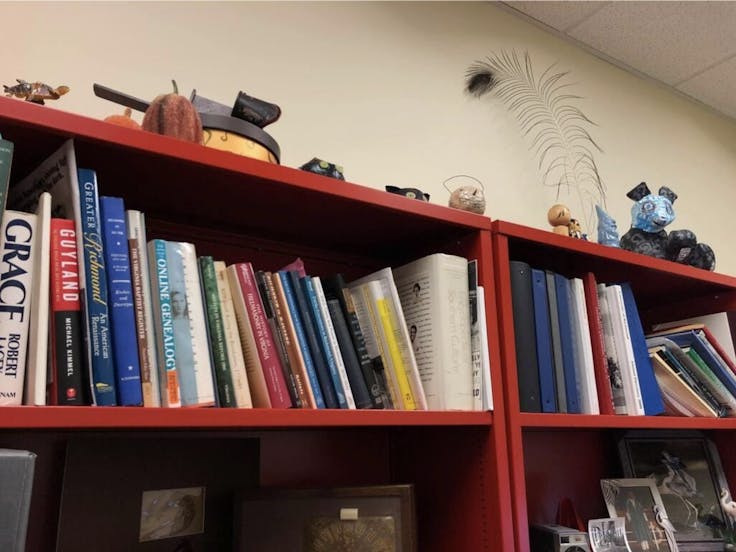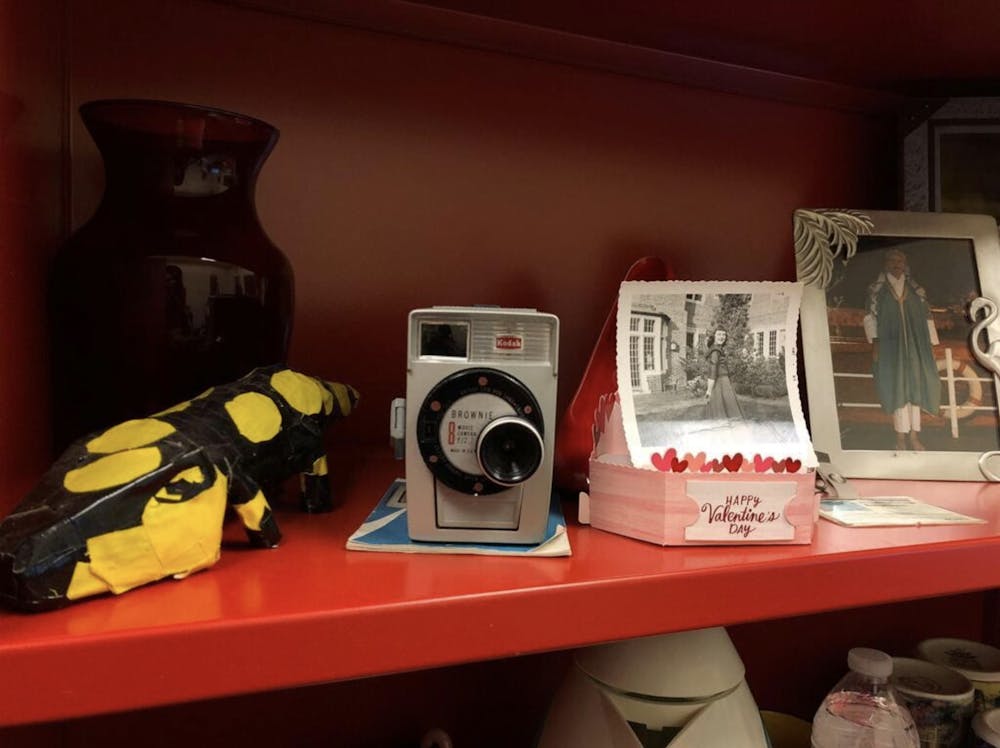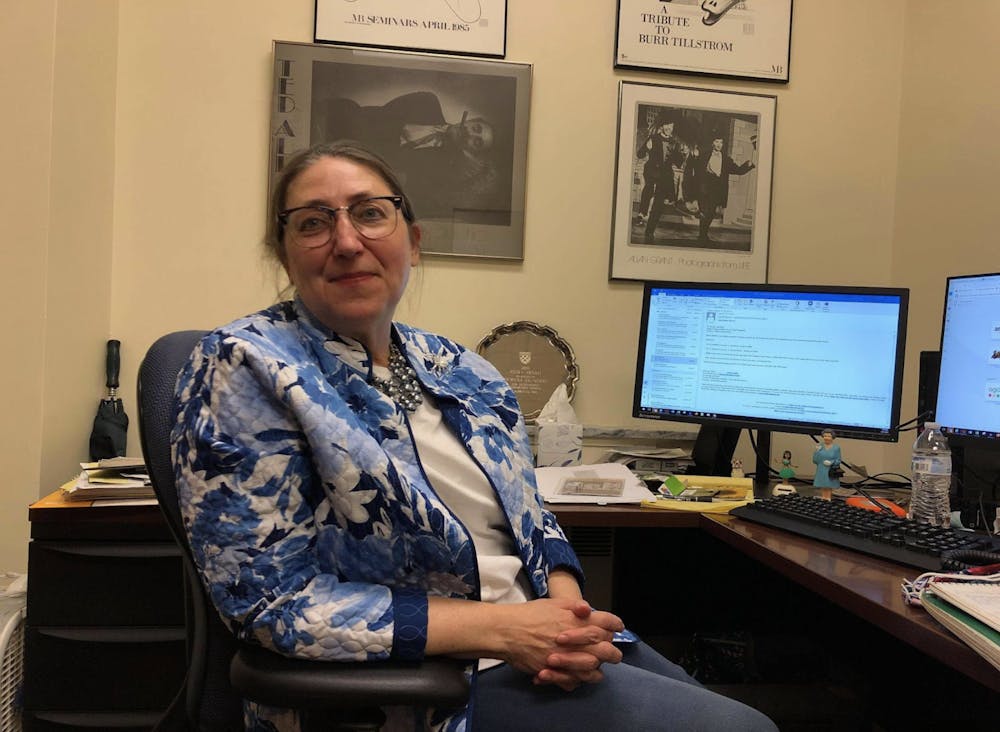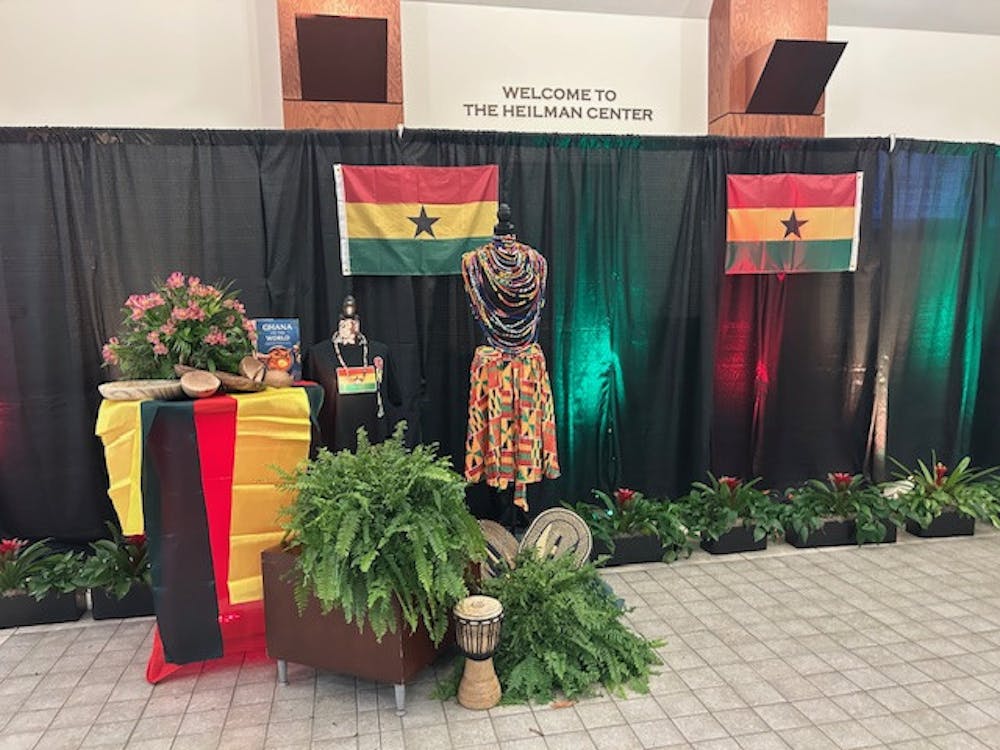Editor's Note: The headline of this article was updated.
When the television miniseries "Roots" aired in 1977, Dywana Saunders happened to be taking a course in colonial history at Virginia Commonwealth University. Her professor assigned the class to research the show and figure out where Alex Haley, the author of the book the miniseries is based on, had exaggerated historical facts.
“We had to use primary sources to prove that not everything was factual,” she recalled, and there was a lot to work with.
Based on Haley's novel about an African slave brought to America, "Roots" was a gripping narrative, but it was filled with inaccuracies, Saunders said.
"That's how I really got started," Saunders said. "Then I taught myself along the way."
Saunders earned a degree in art history and later specialized in decorative arts and folk art.
Though she is a research and digitization associate at the University of Richmond’s Boatwright Memorial Library today, Saunders is still that college student full of wonder on the inside, who loves uncovering some long-forgotten nugget of truth.
Fond of bold jewelry and color-coordinated outfits, Saunders is an energetic lady with warm blue eyes and a contagious smile. She owns two pairs of glasses, one pair of “computer glasses” and another that she uses for everything else, which she switches between constantly.

Before visiting Saunders's office, she warned me: “Make sure you wear your shades because I have a lot of red in my office. You laugh now but you’ll see what I mean.”
As her work on researching the Westham burying ground has shown, Saunders is very good at what she does. One of her biggest contributions to the research surrounding the burying ground has been finding oral history of an engineer working on a steam tunnel installation project between 1955 and 1956. In the document, the contractor reveals the accidental discovery of human remains during excavation and their reburial.
Saunders described how she gathered sources for something like Westham.
“I start out with the Library of Congress and national archives to see what I can find on Henrico,” she explained. “I go through anything and everything, looking for any names that might be of interest.”
Enjoy what you're reading?
Signup for our newsletter
Sometimes these searches lead to unexpected discoveries, like Thomas Jefferson’s affiliation with the Westham area, then known as Beverley Plantation, during his time as governor of Virginia, she said. Jefferson's father surveyed the area for a potential community, and Jefferson was almost impeached for his mishandling of state government documents.
“He would talk about this area all the time and send the documents to Westham, where the state had a foundry, making arms for the Revolutionary War,” Saunders said.
When British troops landed at Beverley Plantation to find and destroy the foundry, American troops failed to transport the documents and arms to safety, and Jefferson was blamed for the failure, Saunders explained.

Saunders likes to keep mementos on her very red bookshelf.
Her passion stems from her love for people, whether it’s by learning about the history of people or by establishing meaningful connections with her student-employees. Saunders keeps in touch with many alumni and has been to many wedding dress try-ons and baby showers over the years.
“I don't let my students call me this until they graduate, but they call me Mama D,” she said. “I’m the lady who gives them candy and checks in with them. I always get sad when they grow up and move away.”
Saunders sees the March protests lead by the UR Black Student Coalition to remove the names of Robert Ryland and Douglas Southall Freeman from the buildings named after them, citing ties to slavery and segregation, as a turning point for the student body, she said.
“[The] University of Richmond was not known to be a place of protest,” she said. “I'm happy the students are speaking out. It’s about time because they didn’t during other times, like the Vietnam War.”
Honoring someone by naming a building after them is outdated, Saunders said.
“If I was a queen—and we know that I’m not—I would name the building New Jersey Hall or Unity Hall,” she said, pointing out that Maryland Hall was named after UR alumni from Maryland who donated to the school. “Let’s not name buildings after people anymore. Because I don’t care how good you are, we are all humans and we all make mistakes.”
A generous and outgoing soul, Saunders asks others to do just one thing: share.
“Something I learned early, especially in the academic field, is that many people are not willing to share their research and their studies,” she said. She is against people hoarding photographs or documents for decades and never sharing them with others. “We work at a university, so this research is meant for you all. That’s why I do the research—so you can use it and hopefully find four to five times more than I could.”
Contact contributor Mako Inasaridze at mako.inasaridze@richmond.edu.
Support independent student media
You can make a tax-deductible donation by clicking the button below, which takes you to our secure PayPal account. The page is set up to receive contributions in whatever amount you designate. We look forward to using the money we raise to further our mission of providing honest and accurate information to students, faculty, staff, alumni and others in the general public.
Donate Now



